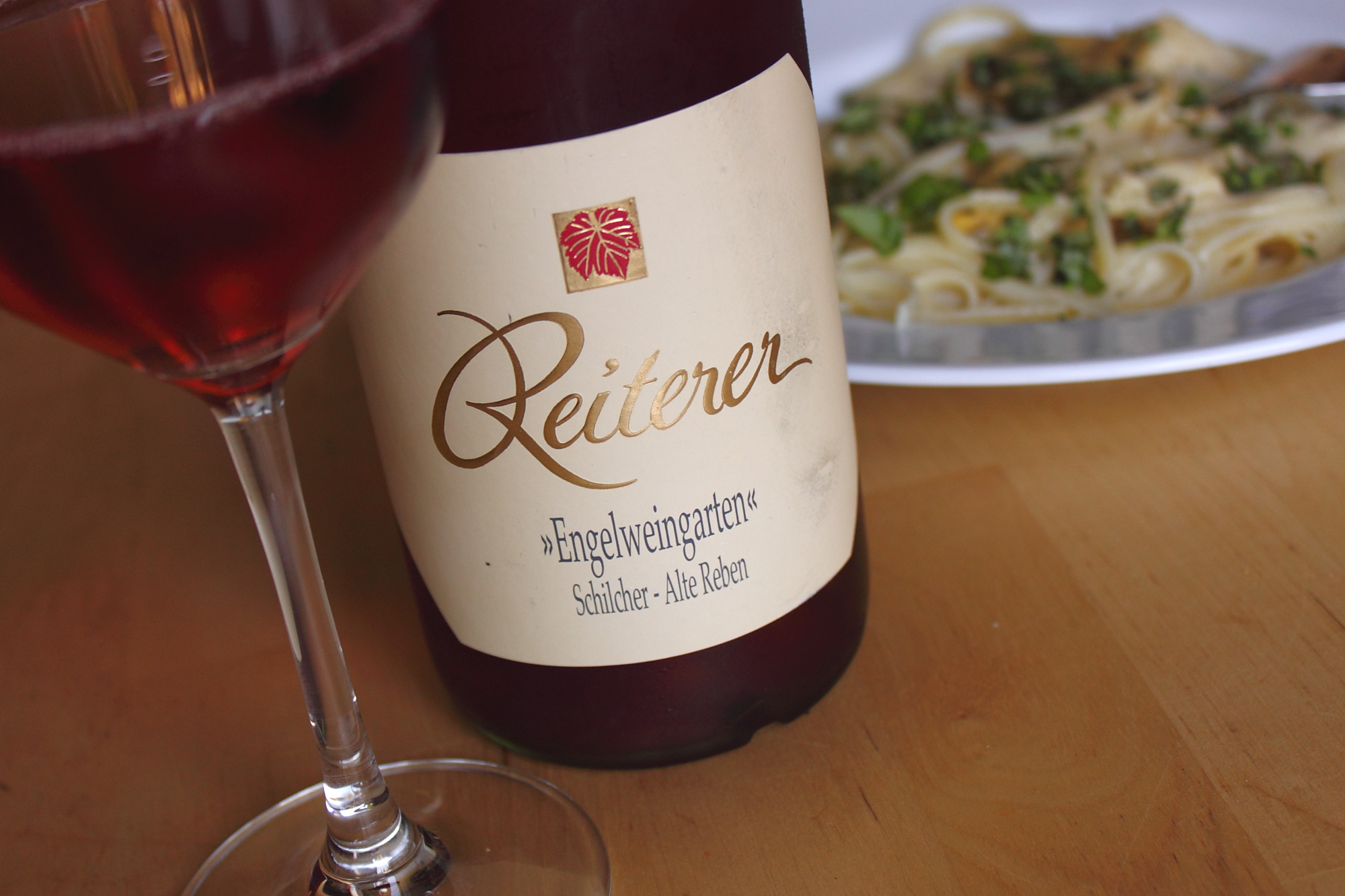Weingut R & A Pfaffl, Grüner Veltliner Hundsleiten, 2011
One of the glories of being a wine amateur without an ounce of professionalism is the childish pleasure you can take in things that more knowledgeable folk take for granted. Recently for instance, I rediscovered decanting. Now, of course I do know what pouring a wine into a larger carafe for greater air exposure does in theory, but somehow, I had let the habit slip. After all, there isn't always time for these kitchen rituals. But the exceptionally rewarding Grüner Veltliner on review today showed me what I may have been missing, as decanting did it a world of good.

The first swigs of this very young wine straight out of the bottle were not promising: A heavy, awkward and withdrawn wine. After two hours in the wide-bottom decanter, out on the cool balcony, we found something very different indeed:


